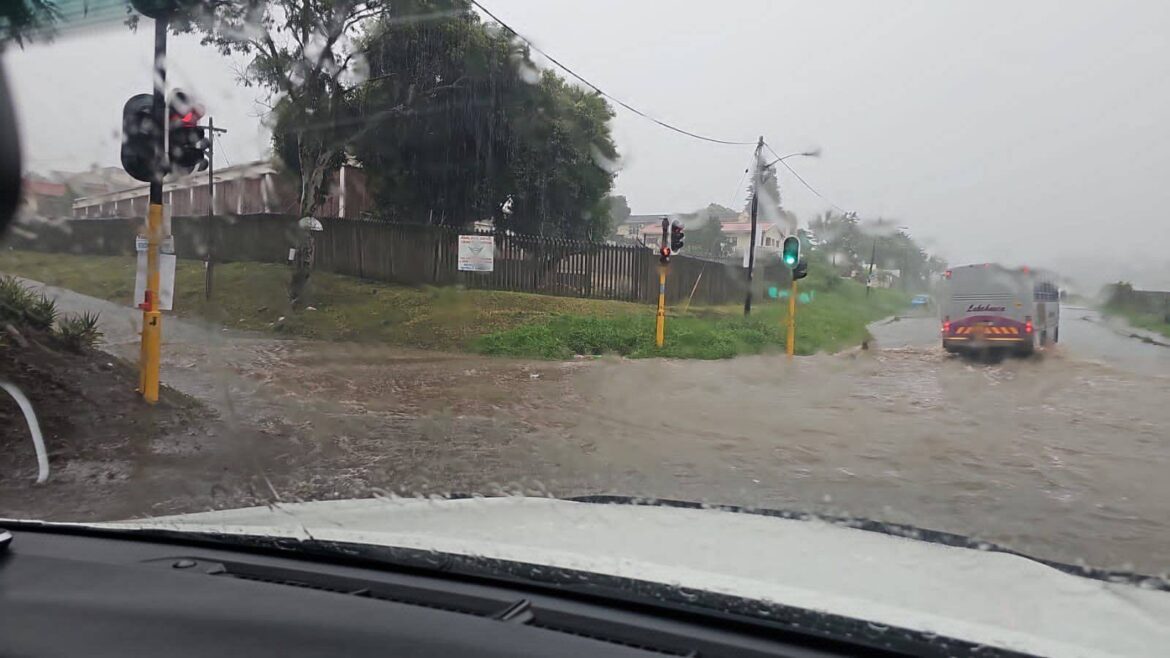Gauteng residents are being urged to prepare for severe weather conditions during the first week of January 2025, with widespread rain and thunderstorms forecasted to disrupt daily life. According to the South African Weather Service (SAWS), heavy rains will affect various regions across the country, beginning on Sunday, 5 January, and continuing through to Wednesday, 8 January.
The central and eastern parts of South Africa are expected to experience scattered to widespread showers, with a likelihood of thundershowers. These weather conditions are predicted to intensify on Monday, 6 January, and are expected to bring persistent rainfall and the possibility of localised flooding across several provinces. Gauteng, along with the North West, Free State, Mpumalanga, and parts of KwaZulu-Natal, will bear the brunt of the adverse conditions. The rain will likely result in disruptions to transport, infrastructure, and daily activities, particularly in urban areas where drainage systems may be overwhelmed.
As the rain continues into Tuesday and Wednesday, the northeastern and eastern provinces will face persistent weather patterns that could lead to further flooding risks. The SAWS has warned that motorists should exercise extreme caution while traveling during this period. It is advisable to reduce speed, keep windshields clean, and remain alert to potential hazards such as reduced visibility and slippery roads.
The ongoing storms could also put a strain on local communities and infrastructure, requiring residents to stay informed about possible warnings and evacuations in areas prone to flooding. Authorities have emphasized the importance of preparation, urging residents to secure their properties and avoid unnecessary travel during the peak of the storms.
As the weather unfolds, SAWS will continue to provide updates, and residents are encouraged to follow safety guidelines to minimize the risks associated with the adverse conditions. This sustained period of rainfall and storms is a reminder of the unpredictability of the South African summer season, with the potential for both short-term disruption and longer-term environmental impacts.
